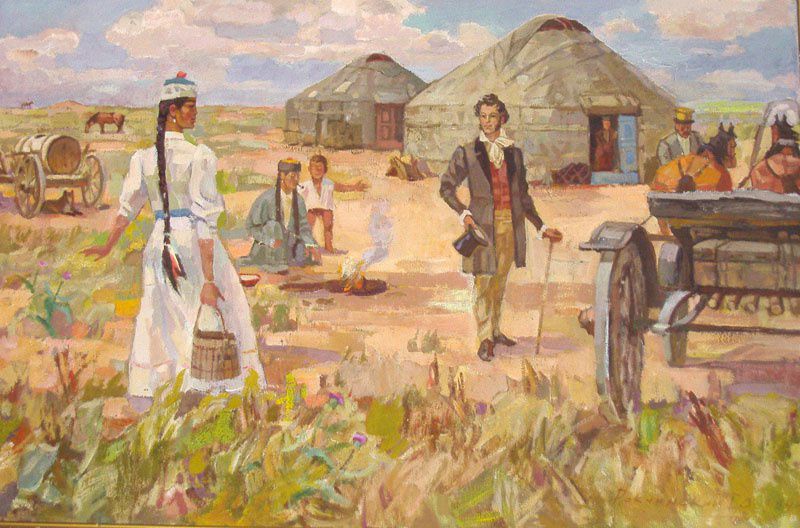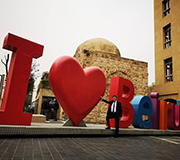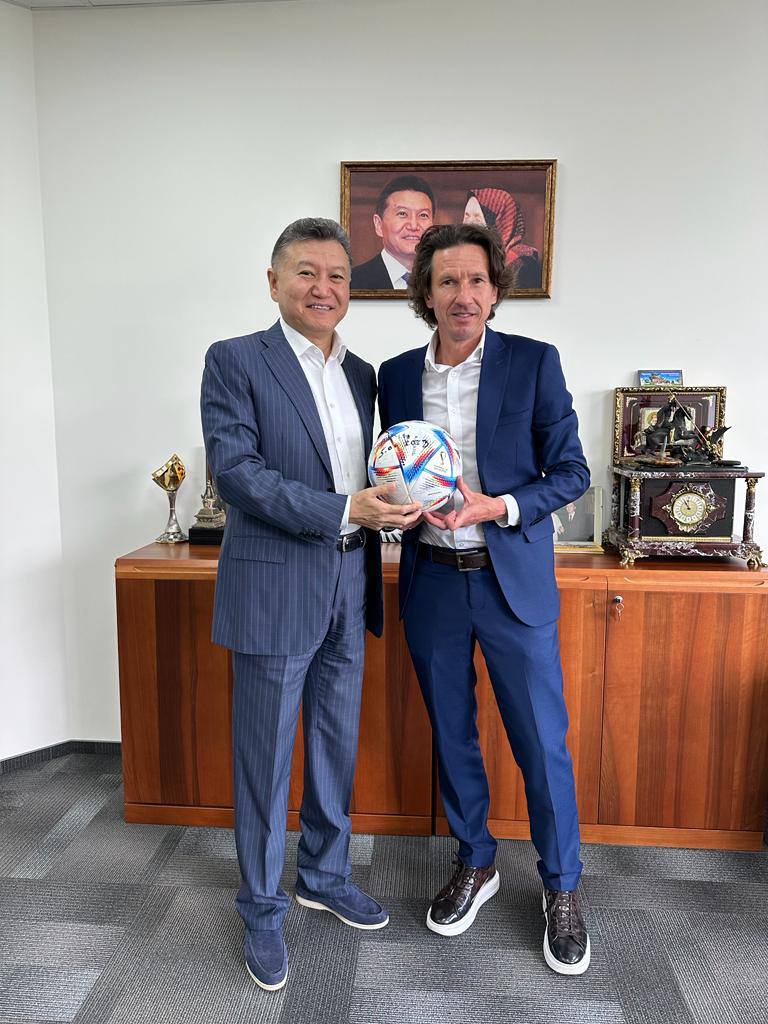In hand-to-hand combat, he killed 11 fascists and was awarded the Order of the Battle Red Banner and the Medal for Courage posthumously. Eight days before the victory, he, commanding an airborne company, was wounded by an explosive bullet in the spine. When they carried him to be buried, they dropped him from the stretcher but he, screaming in pain, remained to stay alive.
After returning from the war, he was on crutches for two years and he was injected with morphine to relieve pain. So that he did not become a drug addict, his father persuaded Ernst to substitute morphine for alcohol. For the next 14 years, Ernst worked as a loader, bricklayer, and foundry worker. His first sculptures were created from scrap metal and foundry waste.
At the Novodevichy cemetery, there is his famous black-and-white monument - the gravestone of Khrushchev. He threw the fee for the monument of 3,000 roubles given by Khrushchev's son out the open window of the car with the words: "Let the Muscovites remember Nikita Sergeevich!"
In 1968, he won a competition to create an obelisk at the Aswan Dam. It was the Lotus Flower. Installed in 1971. Its height is 87 meters. In 1974 he erected a huge high relief (970 sq. M.) "The Birth of Reason" for the Institute of Electronics in Zelenograd. Due to the lack of money to complete the plan, he finished the third part of the high relief with his own money.
Of the 850 sculptures created in the Soviet period, only four were bought from him. Criminal cases were opened against him; he was accused of currency fraud and espionage.
He, a front-line soldier, was repeatedly beaten by the KGB, his fingers, ribs, nose were broken, and pogroms were organized in his workshop. 67 times he applied to leave the USSR to work at the invitation of the famous architect Mioskar Niemeyer.
In 1976 he was able to leave for Switzerland, and in 1977 he moved to the United States with only $ 60. He said that if he had remained in the USSR, he would have died of boredom or drank himself to death.
In Magadan, during the creation of a 15-meter monument to the victims of Stalin's repressions "The Mask of Sorrow", he lost his nails on his hands from work in the cold. The Orpheus statuette awarded to the winners of the Teffi television competition is also the work of Ernst Neizvestny.
In recent years, after a serious operation, he could only move in a wheelchair and saw with one eye, but he continued to draw sketches according to which his assistant students cast sculptures.
His works were installed in Moscow, New York, San Francisco, Magadan, Yekaterinburg, Odessa, Elista, Kuzbass, Sweden, and Egypt. For Kalmykia, at the request of Kirsan Ilyumzhinov, Neizvestny created a monument "Exodus and Return", dedicated to the deportation of the Kalmyk people in 1943 and the victims of Stalin's repressions. The monument was opened on December 29, 1996.
As First President of the Republic of Kalmykia, Kirsan Ilyumzhinov, told, when the tragic date approached - 50 years from the day of the exile of the Kalmyk people - he, together with his friends, rented a train so that his fellow countrymen could travel along the route of exile. It was a train of memory, friendship and gratitude to the people of Siberia for helping Kalmyks to survive the long years of exile.
In the same year, Ilyumzhinov met with Ernst Neizvestny and told him about the Memory Train and asked him to make a monument in honour of Kalmyks who died in exile and returned home. Then Neizvestny did not answer.
In the summer of 1994, Ernst Neizvestny arrived in Kalmykia. He worked with the archive, met with people - those who returned from Siberian exile and made sketches. By the way, in the monument, many can recognize the faces of their relatives, because the author also remembered the faces of living witnesses of that terrible tragedy. The master worked for a year and a half on the creation of the monument in his workshop in New York.
 On August 9 2016, the great sculptor Ernst Neizvestny passed away. His last major work is a bronze sculpture of Sergei Diaghilev in Perm.
On August 9 2016, the great sculptor Ernst Neizvestny passed away. His last major work is a bronze sculpture of Sergei Diaghilev in Perm.






















